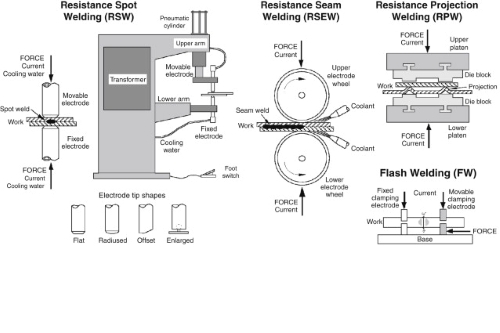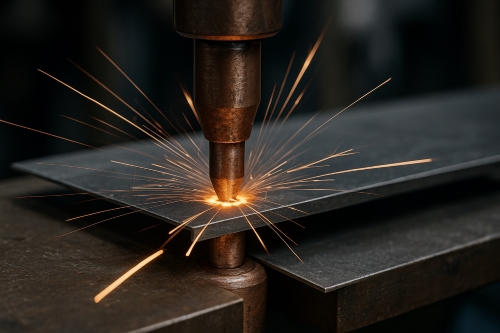5 Highest Tensile Strength Materials
Introduction
When we refer to tensile strength, we refer to the ability of a material to resist forces that attempt to pull it apart. Materials have evolved over the years to meet the needs of technology and industry. Engineers and designers today utilise numerous high-strength materials to create safer buildings and more reliable devices.
Metals (Maraging Steel, Tungsten, Titanium Alloys)
Metals have always been a priority in structural design. Maraging steel is one of the most popular high-strength steels. It provides tensile strength in the range of 2 000 megapascals. Maraging steel exhibits good toughness as well, making it suitable for critical components in tooling and aerospace applications.
Tungsten is yet another metal that stands out. Due to its high density and extremely high heat resistance, tungsten finds applications in high-heat conditions. Its strength remains uniform even in the worst conditions. Engineers often select tungsten when designing hard and reliable parts.
Titanium alloys provide a strong yet light solution in most sectors. Titanium alloys contain tensile strengths greater than 1 000 megapascals. Aircraft, sporting equipment, and medical devices utilise titanium alloys. Durability coupled with lightness gives titanium alloys unique advantages that certain traditional metals do not possess.
Advanced Ceramics (Silicon Carbide, Boron Carbide)
Ceramic substances possess excellent wear resistance and tensile strength. Silicon carbide possesses hard surfaces and strain resistance. Silicon carbide can endure significant abrasion and heat. Silicon carbide occurs in kiln hardware and brake rotors under normal conditions.
Boron carbide is another excellent ceramic. The compound is hard yet light. Its applications include armour plating and wear-resistant products. Silicon carbide and boron carbide achieve a balance between strength and lightness. They perform well when heat and wear are significant considerations.
Carbon-Based Materials (Graphene, Carbon Nanotubes)
Carbon materials exhibit high tensile strength. Graphene is a single sheet of carbon atoms arranged in a honeycomb structure. Tests indicate graphene can have a tensile strength of up to 130 gigapascals. Consequently, graphene is one of the strongest known materials. Uses include flexible electronics and high-strength coatings.
Carbon nanotubes are also extremely strong in tension. These tiny tubes of carbon are utilised in various high-technology fields. Their resilience, combined with their light weight, allows engineers to design complex structures. Current development of carbon nanotubes indicates potential applications in the aerospace and electronics sectors.
High-Performance Polymers (Polyamide-imide, Polyetherimide, Polyether Ether Ketone)
For many applications today, high-performance polymers are excellent choices. Polyamide-imide is engineered to endure under heat and wear conditions. It is often used in components that require strength at high operating temperatures.
Polyetherimide possesses clarity and heat resistance. Tensile strength qualifies it for use in industry and household applications. For example, parts of medical equipment and automotive components may rely on polyetherimide for durability.
Polyether ether ketone, or PEEK, provides an advantageous strength-to-weight ratio. It sees application in aerospace, automotive, and implantable medical device sectors. The material exhibits strength in high-stress, long-duration applications, demonstrating its superior tensile properties and resistance.
Composite Materials (Kevlar, Carbon Fibre Reinforced Polymers)
Composite materials are created when two or more materials are combined into one system. Kevlar is a recognised composite material used in safety gear. Its strength under tension makes it a suitable choice for bulletproof vests. Numerous protective and sporting apparel manufacturers use Kevlar due to its shock-absorbing qualities.
Carbon fibre-reinforced polymers are a combination of carbon fibres and a polymer matrix. This blend produces products with high tensile strengths and low weight. They are applied in most racing vehicles and aircraft components. The materials exhibit tensile strengths of over 3 gigapascals when formulated appropriately. Their strength and lightness hold significant applications in modern engineering designs.
Conclusion
In summary, the majority of materials are defined by their tensile strength. Metals such as tungsten and maraging steel are durable, ceramics like silicon carbide are resistant to wear and heat, while carbon materials such as graphene are exceptionally strong. High-performance polymers provide durability and heat resistance, and composites such as Kevlar and carbon fibre deliver strength without excess weight.
Frequently Asked Questions
F: What is tensile strength?
Q: What is tensile strength?
F: Which metal possesses the very high tensile strength?
Q: Maraging steel is one of the very high tensile strength metals, typically around 2 000 megapascals.
F: Where are composite materials such as Kevlar utilised?
Q: Kevlar is utilised in bullet-resistant vests, safety gear, and other protective purposes.

 Bars
Bars
 Beads & Spheres
Beads & Spheres
 Bolts & Nuts
Bolts & Nuts
 Crucibles
Crucibles
 Discs
Discs
 Fibers & Fabrics
Fibers & Fabrics
 Films
Films
 Flake
Flake
 Foams
Foams
 Foil
Foil
 Granules
Granules
 Honeycombs
Honeycombs
 Ink
Ink
 Laminate
Laminate
 Lumps
Lumps
 Meshes
Meshes
 Metallised Film
Metallised Film
 Plate
Plate
 Powders
Powders
 Rod
Rod
 Sheets
Sheets
 Single Crystals
Single Crystals
 Sputtering Target
Sputtering Target
 Tubes
Tubes
 Washer
Washer
 Wires
Wires
 Converters & Calculators
Converters & Calculators
 Write for Us
Write for Us
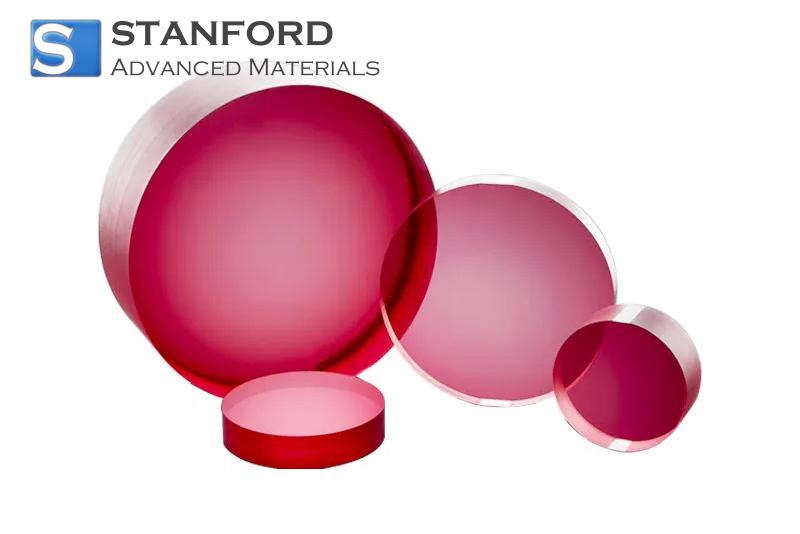
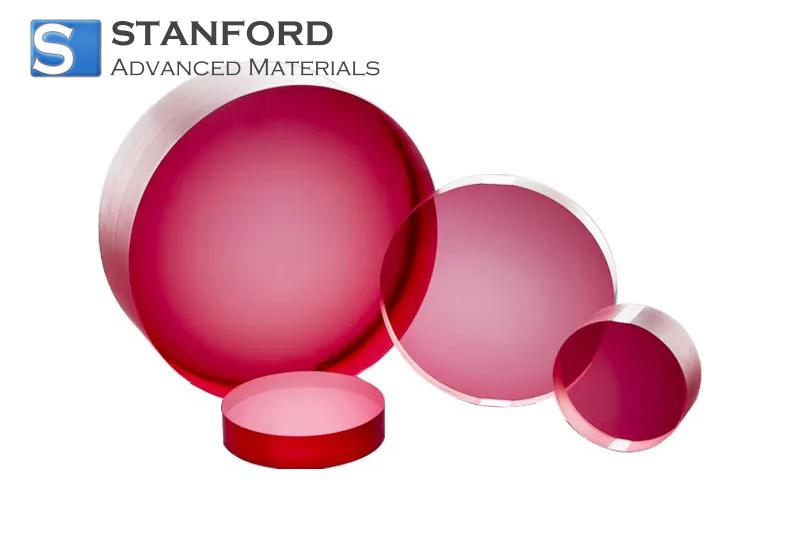
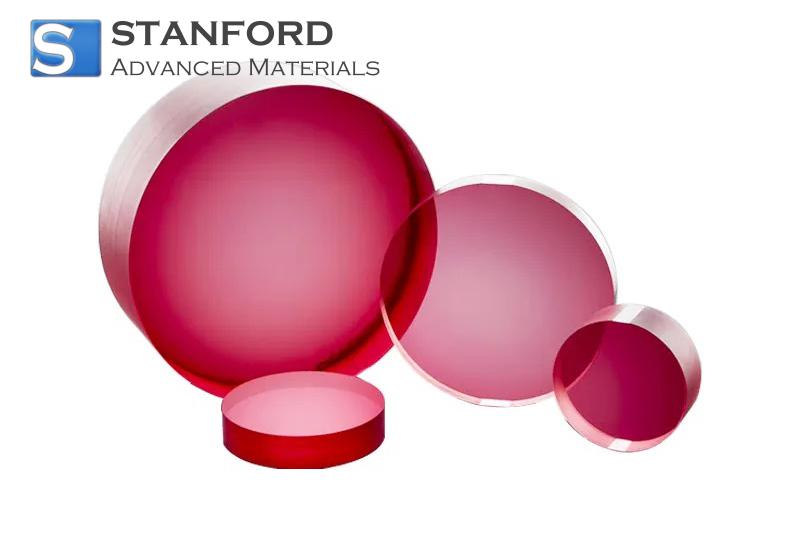
 Chin Trento
Chin Trento


